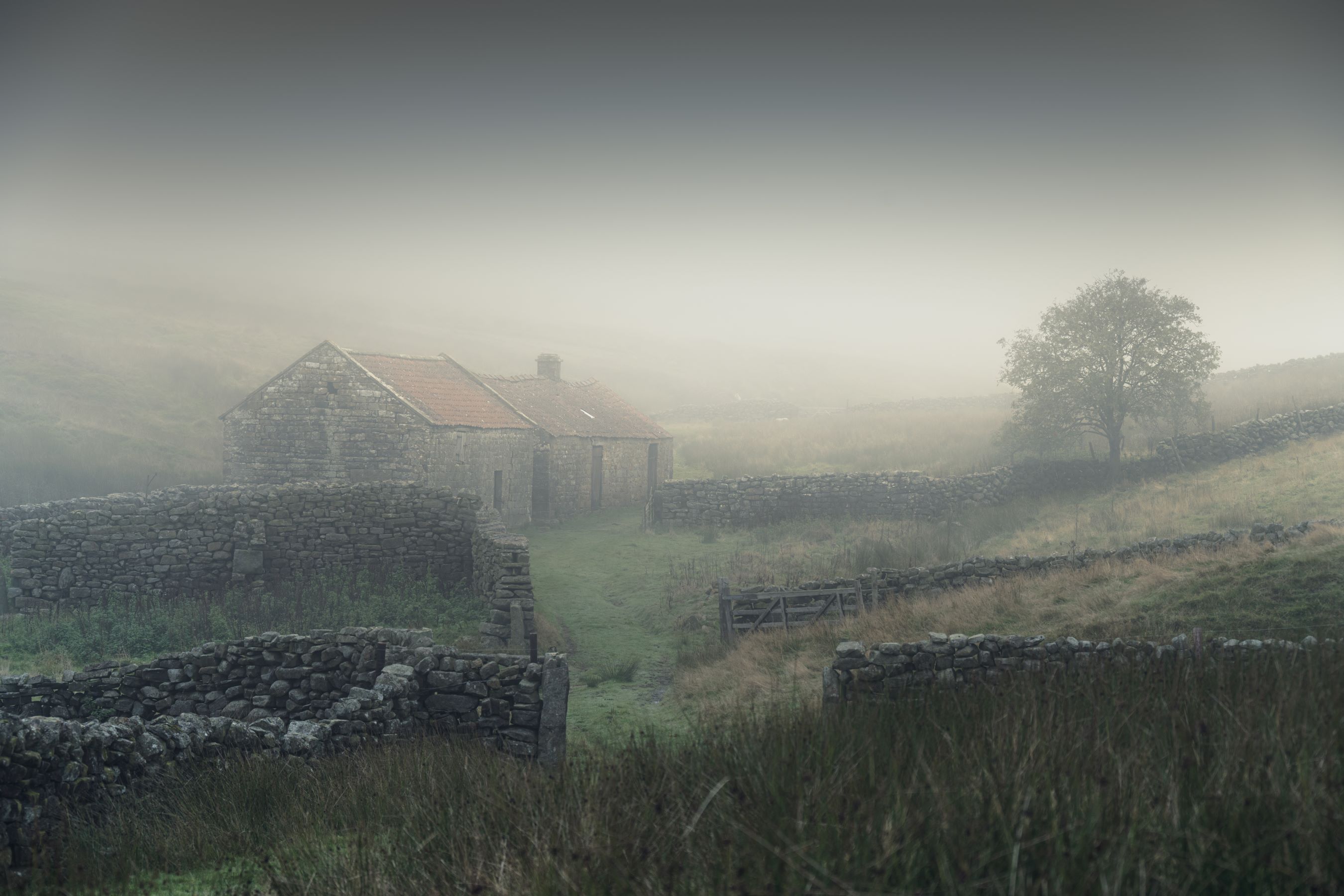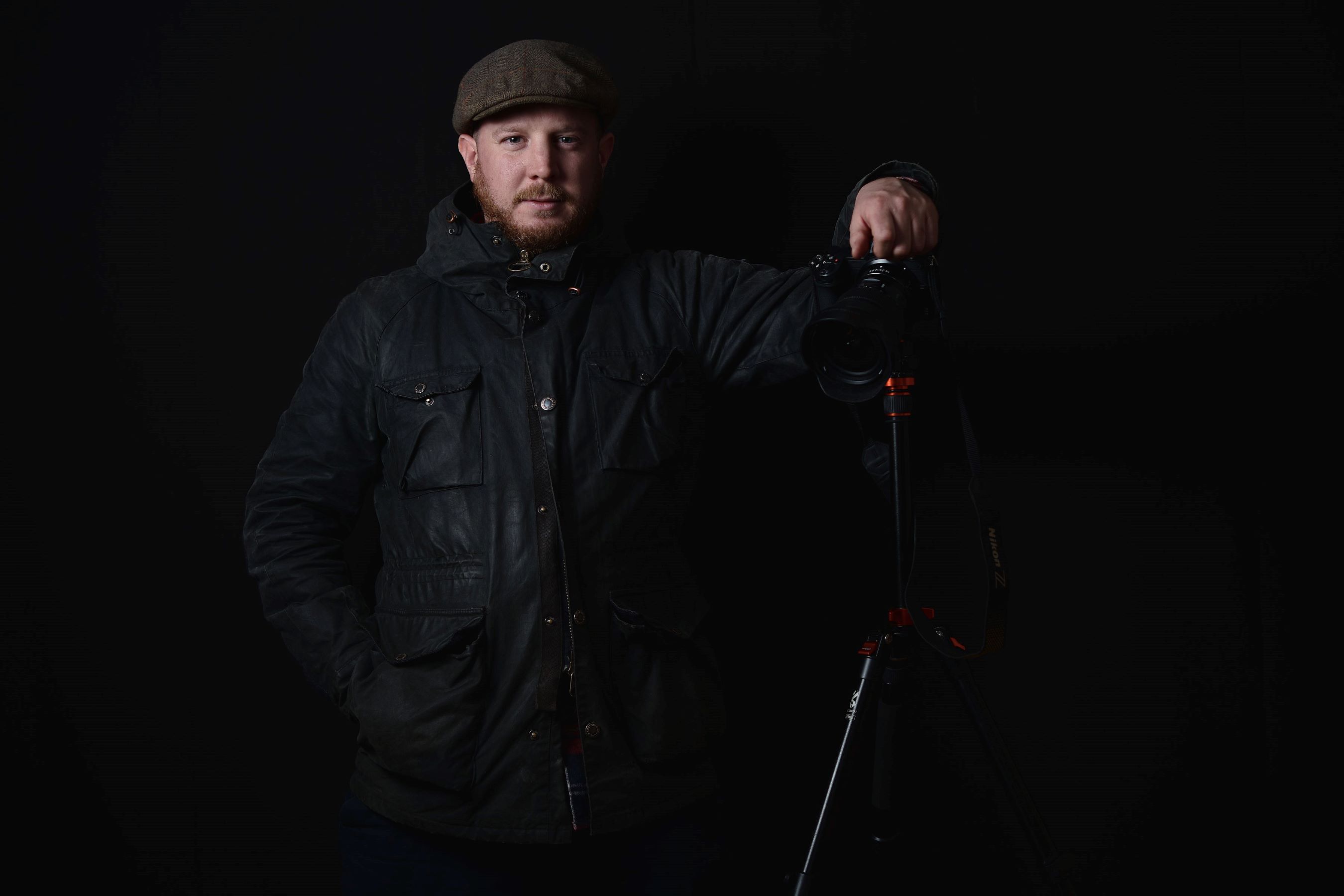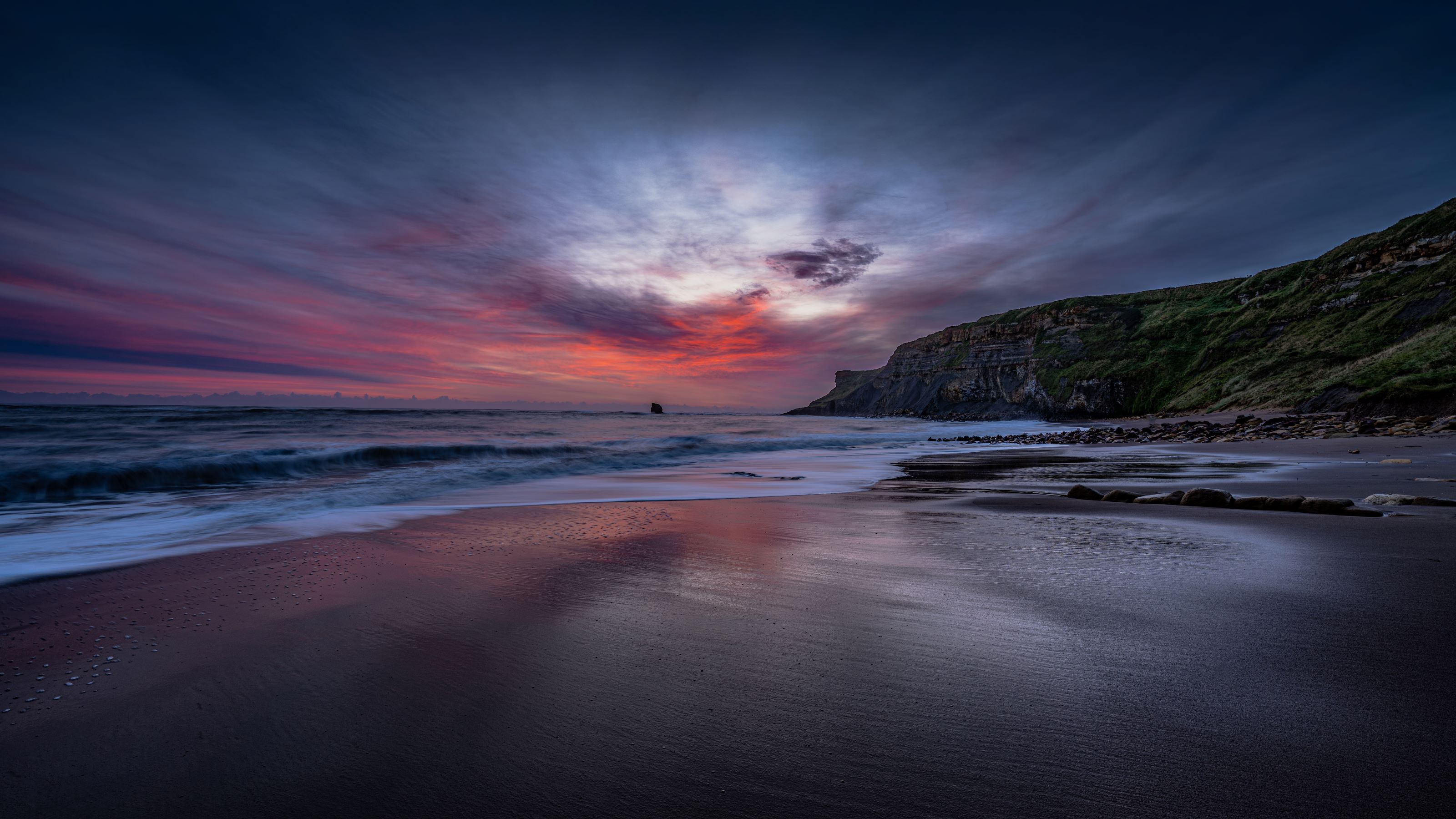James Hines Photography
Different weather conditions can alter the mood of a photograph. Locating the best time and place to capture the perfect atmospheric photo is another reason people use our forecasts.
The Artistic Lens by Paul Armstrong
Can you tell us a bit about you and what you do?
I’m James Hines. I'm a landscape photographer based near the North York Moors in the UK. I’m really interested in how the weather affects the mood of a photograph, and I'm even known as the “Mood Chasing Photographer of the North York Moors” on my Instagram!
Moody skies are the most important feature of my photography work, which I started initially as a hobby and as a therapy to support my mental health. That remains my main reason for doing it, but it has grown in the past few years into a 15k Instagram following and business! I feel proud that people enjoy my photographs so much they even ask for commissions sometimes too. I’ve ended up working with various companies like BMW, Motorrad, the North York Moors National Park, and ITV ‘Love your Weekend’.
Can you tell me a bit about how the weather, and changing weather throughout the year, impacts what you do?
Where I live in the north of England, we tend to get a flavour of everything weather wise. Throughout the year, I know that I'll always have something different to be inspired by because of the changing weather – one week I could be snowed in and the next I could be searching local woodlands for moody fog-filled shots, or we may be impacted by a storm that sends things into chaos. It helps to keep the passion in photography alive for me – it never gets boring!
Do you find Met Office forecasts useful? What are you looking at most?
Met Office forecasts are essential to me, as planning where I go is largely based on the weather. Anyone who follows the weather religiously knows that the Met Office is the most accurate for the UK, which I discovered after some lengthy research. I don’t take anybody seriously when they tell me about the weather unless they are getting their weather from the Met Office’s Unified Model (UKMO).
Generally, I have a two-tiered approach for finding my weather information. For long to medium term, I use the Met Office guidance across channels like YouTube. This is where I seek out the weekly ‘10-day trend’ and ‘Deep Dive’ content, so I can plan commissioned jobs coming up and any trips or projects.
For the short and immediate term weather, I firstly check my barometer (a habit picked up from my Grandad!), then the Met Office app to look out for any fog, warnings or rain. If fog is predicted I’m straight out with my camera and head to where I know the best chances are to capture atmospheric shots. If weather warnings are featured though, I approach my plans with much more caution. Things like fords overflowing, hazardous conditions on the moors, or ice on the roads tend to be worse where I am as I’m in a rural area.
For rain, thunder and storms I use the Met Office radar on the app, and I check between the past 6 hours and the 5-day forecast to work out the movement and type of system that is forecast. The radar feature is really helpful when I’m aiming to catch a stormy sunset or sunrise, as I can pinpoint the exact location I need to be.
 How important is accuracy?
How important is accuracy?
Short term accuracy is really, really important to me. What’s going to happen on the day – hour by hour – impacts me the most. I know a lot of my fellow photographers use several apps, but I’ve found outside of the Met Office app that they can be so unreliable and not give a great amount of detail. So, I just don't bother with any others.
With longer-term forecasts like the ‘10-day trend’ I understand that as things develop, and time moves on the weather forecast adjusts and gives a clearer picture. But I still find them useful when planning events or going out to shoot a certain location as it means I can adjust my plans where necessary to get the best results for my work.
The ‘Deep Dive’ videos have also helped me better understand the changeability in forecasting and that not all things are certain until closer to a specific date or even hour. It’s difficult to predict 10 days ahead as you just have an early indication of what things could be, not necessarily what they will be. It’s helped me understand the confidence level of forecasts based on larger things like the jet stream or storms tracking from other parts of the world and how they may have an effect on the forecast. Having all that information helps people realise that a lot more goes into forecasting than just what they see for the day ahead.
How do Met Office weather warnings help you prepare for impactful weather?
I’ve gained quite a following on Instagram now, and I’ve found it’s been a great place to meet people from different walks of life; from my friends over at BMW Motorrad Motorbike training, to the wild camping and bushcraft community, to hikers, fellow photographers, fisherfolk, motorbike tourers and mountain climbers.
Often, the thing they have in common with me and with one another is that they’ll go out and explore – not necessarily with the greatest planning. But people need to be made aware of any severe wind or rain for example, particularly in woodland or cliff areas, so I try to use my platform to share that kind of information to spread awareness.
When a Named Storm is announced, and I feel it poses a danger I am keen to share it on my social media to raise awareness. I know that there could be a risk to life when there’s a storm, particularly for my last-minute, outdoorsy, thrill-seeking kinds of friends. I also try to subtly encourage outdoor and weather planning before any trip, as I know how dangerous it can be to get caught out by unexpected weather.







